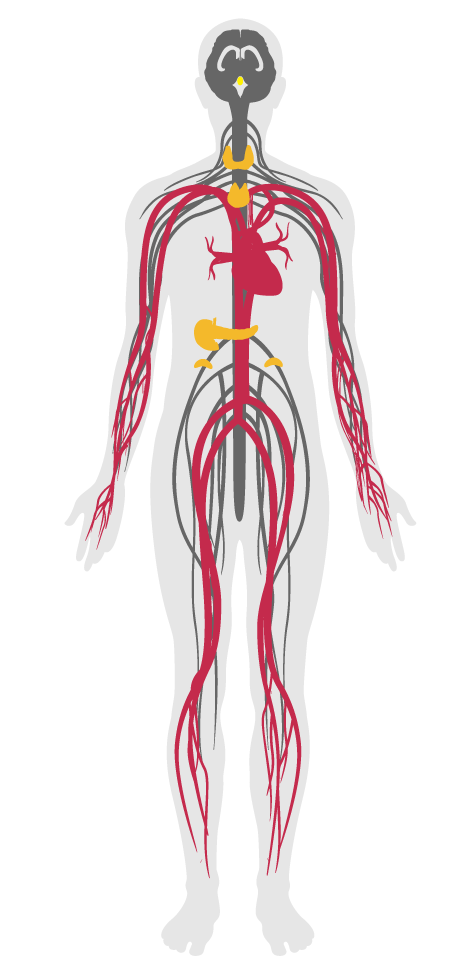Internally generated noise
- 72 Accessible design
- 73 Ergonomics: visual and physical
- 74 Exterior noise intrusion
- 75 Internally generated noise
- 76 Thermal comfort
- 77 Olfactory comfort
- 78 Reverberation time
- 79 Sound masking
- 80 Sound reducing surfaces
- 81 Sound barriers
- 82 Individual thermal control
- 83 Radiant thermal comfort
- P4 Impact reducing flooring
Internally generated noise
To reduce acoustic disruptions from internal noise sources and increase speech privacy.
BACKGROUND
Electronics, HVAC systems, mechanical equipment and other noise-emitting office devices, as well as occupants themselves, can be sources of indoor noise. As offices and workspaces are increasingly designed to promote employee interaction, occupants can experience decreased levels of privacy and acoustic comfort, especially when users with different job types share a space. Office noise can lead to decreased productivity, especially in open-plan offices where aural distractions and interruptions from other employees are frequent. Additionally, studies show that exposure to noise generated within the building can lead to reduced concentration and mental arithmetic performance, and increased distraction due to reduced speech privacy.

